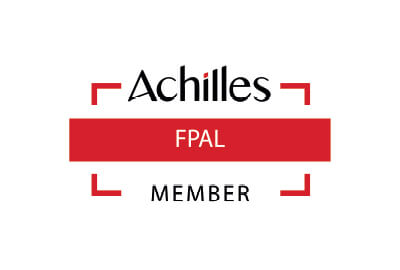How lightning forms in clouds
Scotland may be spared the same level of thunder and lightning storms that are inflicted on the likes of Lake Maracaibo in Venezuela (which holds the record for the most annual lightning storms) but it does still happen – a lot more that you may realise. But what causes thunder and lightning?
Thunderstorms and lightning are formed when the atmosphere becomes unstable due to warm air sitting below colder air. As the warmer air begins to rise, it starts to cool and condenses to create moisture – forming a cloud. In the right conditions, this will form what is known as a cumulonimbus cloud. This is the type of cloud that produces thunder and lightning.
Within a cumulonimbus cloud, updraughts and downdraughts, move moisture around and force it higher, causing it to freeze and turn into hail. During this process, the ice crystals of the rain drops forming into hail bump of of each other. This creates a positive and negative electrical charge. The positive charged, lighter ice crystals are pushed to the top while the negatively charged ice crystals sink to the bottom. These negative ice crystals are attracted to positive charge whether through the ice crystals above, other nearby clouds or positively charged things on the ground. When the power of this attraction is strong enough, the charges join together and creates a discharge – causing a bolt of lightning.
Lightnings main priority is to find the path of least resistance from the cloud to a conductive material. A roof is the highest point of a building and any conductive material on the roof creates the path of least resistance for the lightning to travel. A building without lightning protection can be hit by lightning and cause serious damage. This is why buildings should be fitted with lightning protection systems.
With over 300,000 lightning strikes that hit the ground across the UK every year, it is imperative to protect your building from the risk of structural damage caused by lightning strikes with lightning protection systems.
Our lightning protection service has saved many a building from significant damage. Lightning protection systems are used to prevent a lightning strike from damaging a building, its stonework and its internal electrical equipment. They can prevent fires caused by electrical strikes as well as electrocution.
Lightning Protection for Industrial and Commercial Buildings
As a leading Roofing, Building Maintenance and Rope Access Specialist, we can fit lighting protection systems to buildings of all heights with our Rope Access Team to protect your buildings roof, structure and internals.
Our lightning protection service covers:
- System Design
- Protection System Installation
- Annual Inspection
- Scheduled Maintenance
- System Testing
- Risk Assessments and Surveys
About Balmore
We are a reliable, reputable and professional Glasgow Roofer, Building Repair, Rope Access and Historic Building Restoration Contractor. With nearly four decades of roofing experience to draw upon in both industrial and domestic projects, our mix of expertise and experience has seen us become one of the top rated difficult access building restoration and roofers in Glasgow.
Covering everything from Stonework to Leadwork, Cladding and Lightning Protection Systems, our team of restoration experts are fully trained, qualified and certified to offer you the very best in professional building restoration and repairs.
We utilise the latest in equipment including aerial drones for roof surveys and inspections to ‘at height’ specialist rope access equipment so that we can access and repair all areas of a building, regardless of how difficult they are to access.
Find out more
If you would like to know more about our Lightning Protection System Installation and Scheduled Testing Services, please call us today on 0141 944 6100 or email sales@balmore-ltd.co.uk













